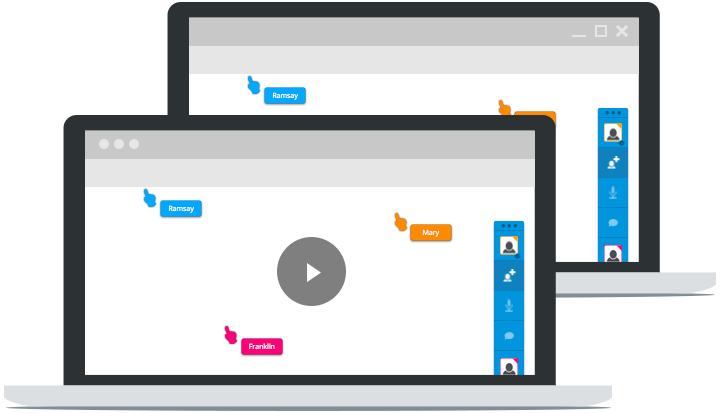JavaScript Polling
Polling with JavaScript is one of those ugly but important functions within advanced front-end user experience and testing practices. Sometimes there isn't the event you can hook into to signify that a given task is complete, so you need to get your hands dirty and simply poll for it. Polling with JavaScript isn't difficult but it's not easy either. Let me show you a few implementations of JavaScript polling that you can add to your toolbox!
With Promises
Since the Promise API is implemented almost all browsers today, here's a polling implementation using them:
// The polling function
function poll(fn, timeout, interval) {
var endTime = Number(new Date()) + (timeout || 2000);
interval = interval || 100;
var checkCondition = function(resolve, reject) {
// If the condition is met, we're done!
var result = fn();
if(result) {
resolve(result);
}
// If the condition isn't met but the timeout hasn't elapsed, go again
else if (Number(new Date()) < endTime) {
setTimeout(checkCondition, interval, resolve, reject);
}
// Didn't match and too much time, reject!
else {
reject(new Error('timed out for ' + fn + ': ' + arguments));
}
};
return new Promise(checkCondition);
}
// Usage: ensure element is visible
poll(function() {
return document.getElementById('lightbox').offsetWidth > 0;
}, 2000, 150).then(function() {
// Polling done, now do something else!
}).catch(function() {
// Polling timed out, handle the error!
});
The code is structured easy enough to read but it's mostly three-fold: the conditional function which signals polling success, a conditional failure which hasn't timeout out, so we'll run again, or a failure which has run past timeout which should return an error.
Without Deferreds
If you aren't using Deferreds, no worry -- polling is just about the same:
function poll(fn, callback, errback, timeout, interval) {
var endTime = Number(new Date()) + (timeout || 2000);
interval = interval || 100;
(function p() {
// If the condition is met, we're done!
if(fn()) {
callback();
}
// If the condition isn't met but the timeout hasn't elapsed, go again
else if (Number(new Date()) < endTime) {
setTimeout(p, interval);
}
// Didn't match and too much time, reject!
else {
errback(new Error('timed out for ' + fn + ': ' + arguments));
}
})();
}
// Usage: ensure element is visible
poll(
function() {
return document.getElementById('lightbox').offsetWidth > 0;
},
function() {
// Done, success callback
},
function() {
// Error, failure callback
}
);
The difference here is that there's no return value -- the callback functions take the place of the Deferred instance.
Polling isn't necessarily a consequence of async coding but it has definitely increased in usage and importance due to our desire to write async code. During my time writing front-end functional tests with the Intern testing framework, I've used polling quite a bit both on the server and client sides. This technique will always have its place so make sure you have a snippet like this available.





I would return
{cancel: function () { clearTimeout(interval); }}to the non deferred option in order to provide superior control to the poller author.That’s a great idea!
The code above does not work as is. In practice,
fnreturned value is async so that you get a success with an empty callback. I am trying to figure out how to do this properly…Can you provide an example of the code not working? I’d love to update this!
e.g. If the
fn()is an ajax call, then this polling will not work because the return value isDeferred.Can you provide some quick sample code so I can check it out?
The second one can be simpler using just a
timeInterval. Why to waste an unnecessary IIFE, and then also use atimeOut.Correct me if I am missing anything, or if this might behave differently to your second implementation:
function pollThis (fn, cb, er, to, ti) { var startTime = (new Date()).getTime(); var pi = window.setInterval(function(){ if (Math.floor(((new Date).getTime() - startTime) / 1000) <= to) { if (fn()) { cb(); } } else { window.clearInterval(pi); er(); } }, ti) }How would you even use one of these functions? They don’t appear to be valid JS to me.
For anyone that lands here and actually needs an example of what @Alex C & @xis19 are talking about. The following gist should help.
https://gist.github.com/twmbx/2321921670c7e95f6fad164fbdf3170e
How would this work with multiple polling?
How are you going to cancel the polling when an external event occurs?